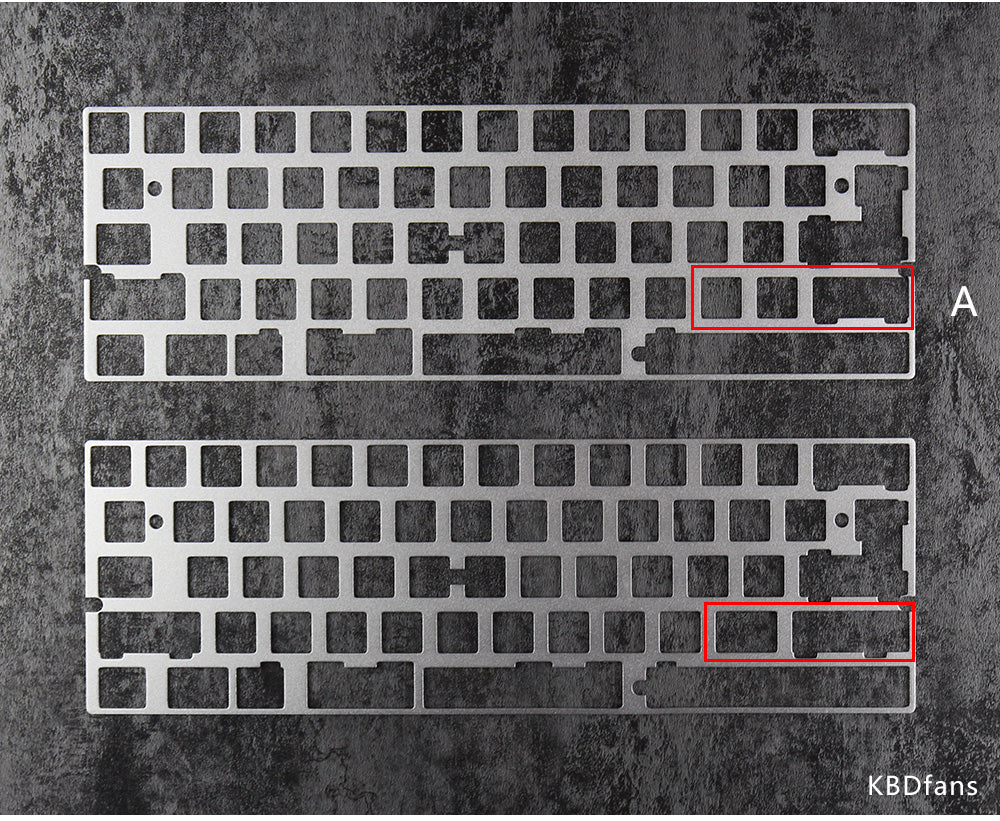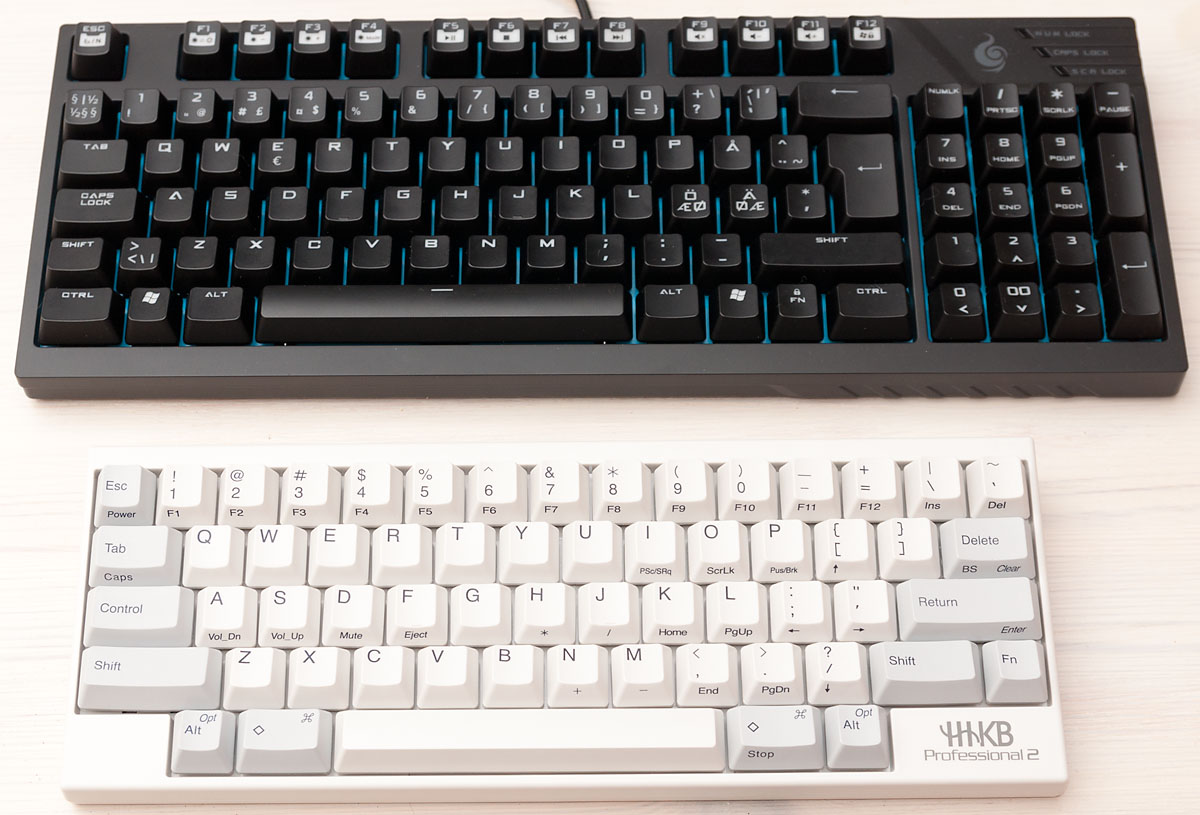

#Hhkb layout pro
HHKB Keyboard Line Up HHKB Pro Hybrid Type-S HHKB Pro Hybrid Type-S Some brands, such as Cooler Master, have even tried incorporating Topre switches into their gaming keyboards. In the past decade, most manufacturers have moved towards high-quality mechanical switches over membrane switches. Also, the split backspace found on the HHKB layout (the backspace is located in the backslash key instead of its usual position in ANSI keyboards) is now supported by many custom keyboard PCBs.Īnd lastly, HHKB has indirectly played a part in helping the industry move towards prioritizing the typing feel and sound of keyboards. Many 60% keyboards, such as the KBDFans D60 and D60 Lite, can be purchased in an HHKB layout. In addition, the HHKB layout has been used in keyboards outside of HHKB products. Both custom keyboards and pre-built gaming keyboards have moved towards smaller sizes such as 60%, 65%, and 75%. Its form factor, for instance, has become incredibly popular with today’s mechanical keyboards. HHKB has influenced a lot of design elements in today’s keyboards. Influence in Today’s Keyboards Image Credit: Aon fi via Creative Commons It is also still a universal keyboard that has been compatible with every system that came out since 1996. And as a testament to professor Eiiti Wada’s excellent design, the HHKB layout is almost unchanged even in today’s models. Thanks to the excellent craftsmanship of their keyboards and topre switches, the company has received a cult-like following both with Japanese consumers as well as international professionals and keyboard enthusiasts. Some of the features found on these keyboards included a detachable USB Mini cable as well as the company’s now-iconic Topre Electrostatic switches. As its name suggested, it was marketed towards IT professionals who relied on their keyboards.
#Hhkb layout professional
In 2003, the company released the first iteration of the HHKB Professional series. However, it wasn’t until 2003 that the company truly found its footing in the keyboard market. Their newfound success helped spawn several models, such as the HHKB Lite (first black HHKB model) as well as the HHKB Lite 2 (first model that featured the USB interface). This keyboard is also the first 60% keyboard to come into the keyboard market. It featured a unique layout (even to this day) and utilized membrane switches. The original HHKB finally debuted in 1996. This is a design element that is seen even with today’s keyboards. His students liked this design, so he stuck with it. After further consideration, a cardboard model was created in 1995 as the “Aleph Keyboard,” which is the basis of the HHKB array.Īlso, one of the designs he came up with had blank keycaps. Professor Eiiti Wada proposed the HHKB array in his paper “Kenban Hairetsu nimo oinaru kanshin wo” (Great interests required for keyboard layouts) (PFU Technical Review 3 (1), pp.1-15) in 1992. With a company backing him, he started making mock-up designs. Happy Hacking Keyboard, which was yet to be established at the time, agreed with professor Eiiti Wada. The story began when Eiiti Wada became frustrated with the lack of a universal keyboard that could be used in different systems. It was co-developed by UNIX professor Eiiti Wada. Happy Hacking Keyboard is a Japanese professional/high-end keyboard brand that first debuted in 1996. And ultimately, we will be discussing whether or not their keyboards are worth purchasing. We will be going through their history and product lineup. In this article, we will be diving deeper into the HHKB brand. And also, there are lots of things to consider, especially for users of custom and pre-built mechanical keyboards that utilize standard MX-style switches. However, there is a lot more to the HHKB brand. Other popular Japanese brands, such as Realforce and Filco, have since followed the footsteps of HHKB products. The craftsmanship has pretty much set the standard for other Japanese brands to follow. What defines the HHKB brand is their use of Topre switches and the quality of their products. Their keyboards are highly regarded by enthusiasts simply because of their unrivaled quality and typing feel. They introduced many design elements, such as Topre switches and the HHKB layout used by many custom keyboards. Happy Hacking Keyboard, or HHKB for short, is one of the most successful Japanese keyboard brands. This brand has singlehandedly stood out in the sea of competitors since its initial release in 1996.

There are very few brands that have received a cult-like following in the world of enthusiast-grade keyboards.


 0 kommentar(er)
0 kommentar(er)
